This story was originally published in LockerRoom at Newsroom.co.nz and is republished with permission.
It’s the syndrome few people have heard of – or dared talk about – but RED-S is affecting the health of many of our female athletes. New Zealand, though, is leading the way in its approach to educating coaches, parents and athletes about the importance of eating.
Katie Schofield has watched the Mary Cain video that’s gone viral. “She’s a very, very brave woman,” Schofield, a former New Zealand cycling star now doctoral candidate, says.
If you haven’t seen it, Cain was an American high school track running phenomenon who, at 16, joined Nike’s Oregon Project, which was home to some of the fastest athletes in the world and feted coach Alberto Salazar.
Back in November, Cain told her story to the New York Times, alleging she was mistreated during her time training under Salazar and his all-male support team, who told her if she wanted to be faster, she needed to get “thinner, and thinner, and thinner”.
“Her video is so powerful. It sends an important message; a very hard one to get across,” says Schofield.
She knows just how difficult it is, because she shared her own message publicly back in 2014.
Schofield was a cyclist in the BikeNZ programme, a reserve in the women’s sprint team for the 2012 London Olympics. But when she was dropped from the squad two years later, Schofield was forced to take a good, hard look at her health.
She was diagnosed with RED-S – or Relative Energy Deficiency in Sport. It’s a syndrome which, it turns out, is not so uncommon with New Zealand athletes.
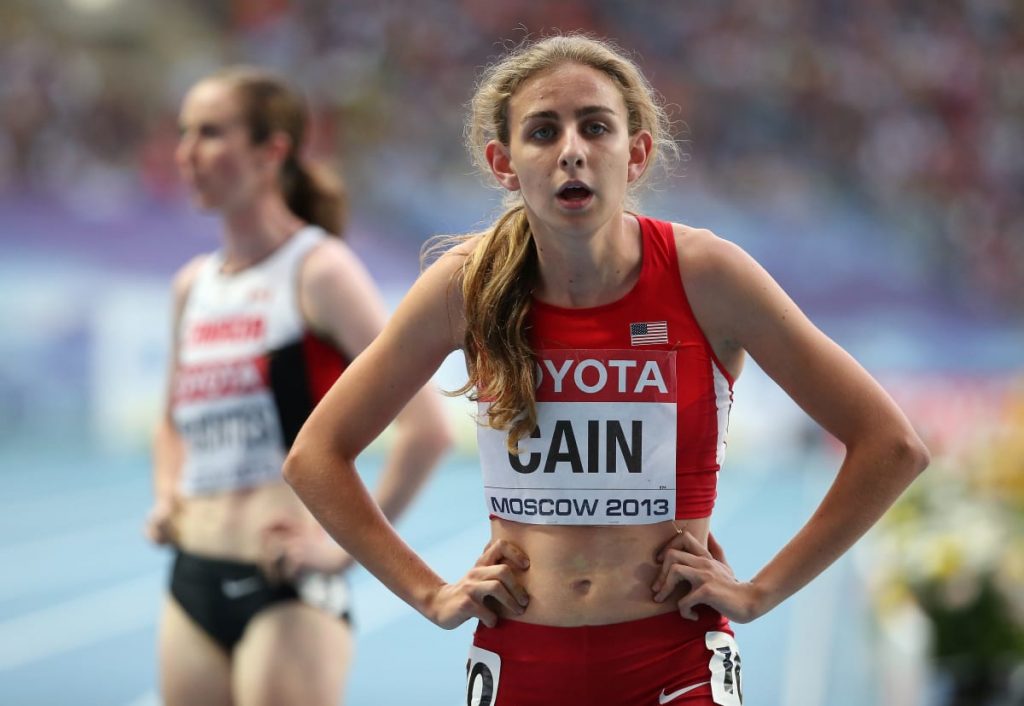
Cain’s story was an extreme case of a ‘win-at-all-costs’ mentality – she broke five bones and went without her period for three years, both tell-tale symptoms of RED-S.
But Schofield explains that, with her own experience, “I put myself into that position.”
“My personality is very perfectionist, I was numbers-driven.” Fixated on being lighter and thinner, Schofield became exhausted, ill and injured. Although she had studied nutrition, she just wasn’t eating enough to balance the energy she was expending in training.
With help, Schofield got on top of her condition early. She changed her mindset, got healthy and wrote a blog about her battle with RED-S.
She now knows of other top athletes who hadn’t recognised the signs, and in retirement from sport, they’re dealing with the long-term health effects, like fertility problems and weak bones.
Schofield returned to the track to ride for New Zealand for another year. When she retired, she decided to do her PhD on the physiological and socio-psychological aspects of energy availability in elite athletes.
“I’d never heard of RED-S until I was given that diagnosis, and then I realised there needed to be more awareness about it,” she says. “I knew I had to do something I was absolutely passionate about.”
Taking that awareness to athletes, parents, teachers and coaches in New Zealand’s sports system, and beyond, requires more than just one voice.
Schofield is also part of the project called Healthy Women in Sport: A Performance Advantage – or WHISPA. It’s a working group formed by High Performance Sport NZ soon after the 2016 Rio Olympics, to ensure the best clinical advice reaches coaches and elite female athletes.
According to the specialist practitioners involved, it’s already making in-roads into what they call “a toxic culture in elite sports”.
In fact, its approach is being hailed as world-leading.
***
It’s difficult to know how many women in New Zealand suffer from RED-S or its key contributor, low energy availability (LEA).
Most cases will go unreported, Schofield says. “It’s quite an all-consuming syndrome. It’s not until someone is completely flat, or extremely injured with a broken bone or a stress fracture, that they start to wonder if something else is going on with their bodies.”
In 1992, the American College of Sports Medicine created the term ‘Female Athlete Triad’ for the interrelationship between bone mineral loss, disordered eating and loss of menstruation in women athletes. In 2014, the International Olympic Committee renamed it RED-S.
New Zealand 3000m steeplechase runner Rosa Flanagan also spoke out last year about her own debilitating experience with RED-S, which began as an obsession with her weight, and led to over-training and under-eating. While her speed improved as her weight dropped, she suffered a series of injuries, including stress fractures in both hips and a leg, and didn’t have her first period until she was in her early 20s.
Flanagan took a year off to recover, and returned to training. She now runs a plant-based culinary school in Christchurch with her sister and has a best-seller cookbook.

The RED-S condition isn’t affecting only runners or cyclists. Holly Thorpe, a professor in sociology of sport and physical culture at the University of Waikato, says it’s happening across all sports – and even in recreational exercise.
She quotes a 2016 Otago University study of women at gyms and fitness centres throughout New Zealand, that found 45 percent were ‘at risk’ of LEA.
“It’s right down to every-day exercising women who aren’t fuelling their bodies to cover what’s going out,” says Thorpe.
Thorpe has been researching the fuelling of athletes since 2012, when she recognised the need for more information that athletes could see, rather than being tucked away in medical journals.
She’s been working with Dr Stacy Sims, an environmental exercise physiologist and nutrition scientist at the University of Waikato, looking at LEA in triathlon and Ironman athletes in New Zealand. They’ve done the same study with the Black Ferns Sevens, and have just started researching female weightlifters.
“You’ve got the endurance sports like marathon and triathlon where the lean body is celebrated. Then you have the sports which have an aesthetic component to judging – ballet, figure skating and gymnastics. This is where research has been really focused, because a very lean body is imagined to be required,” Thorpe says.
“Some recent research shows across these lean, endurance, aesthetic sports, the LEA risk ranges between 70 and 100 percent.”
If the low energy availability happens by accident, the solution is not as complex – the athlete can work with a nutritionist to get the right food to cover their energy.
“But if it’s on purpose, where the athlete isn’t fuelling properly and you have some disordered eating practices going on, you really need full wraparound medical support – an endocrinologist, sports doctor, nutritionist and psychologist,” Thorpe says.
“If you’re in a sport that doesn’t have all those resources, you’re talking about a very expensive recovery, which makes it all pretty complicated.”
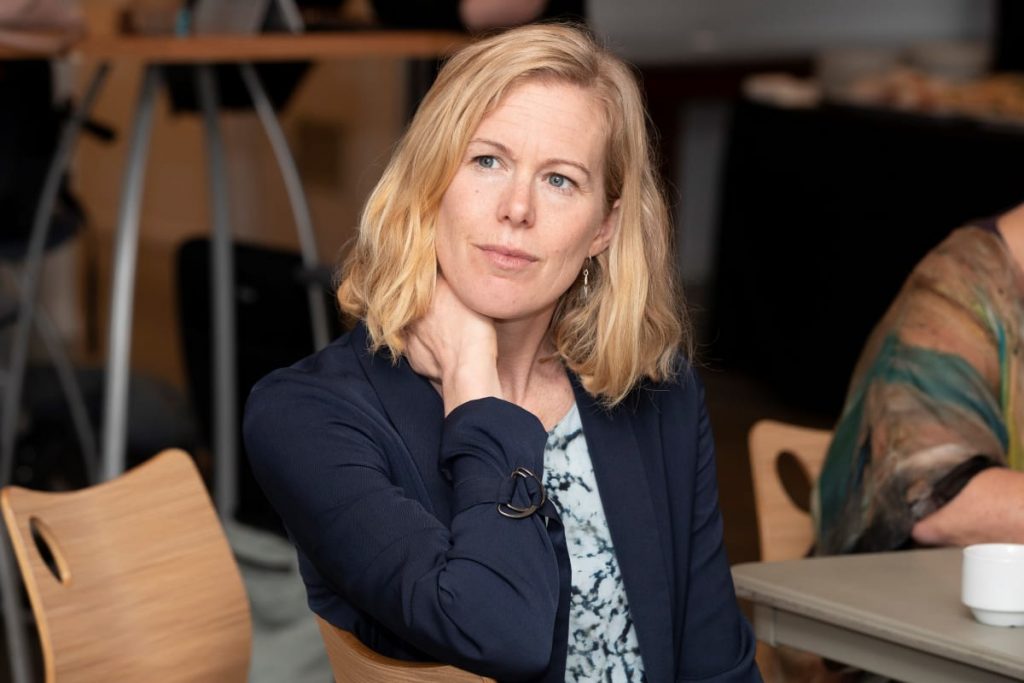
What Thorpe has found difficult to grasp is why, after three decades of research around RED-S, is it becoming worse?
“My argument is that most of the research is focused on prevalence and what’s wrong with the individual, rather than zooming out and looking at sporting cultures, that mean we’re seeing increasing rates of LEA or RED-S in our female athletes,” she says.
“To me, it’s a culture issue. Female athletes have more pressures on them now than ever before. In the social media age, they have more audiences following them, and more sponsors. And that pressure can materialise into doubts about their bodies.
“We need to take a good hard look at our sporting cultures, and find cultures that are healthy for our female athletes, that don’t damage their health and long-term well-being.”
***
A major part of the solution is educating coaches, so they can talk to their athletes and listen to how they’re feeling.
While Mary Cain’s story was an extreme case of “a toxic elite sports culture”, what’s more common is coaches who simply don’t know a lot about RED-S or LEA, or are uncomfortable talking to female athletes about their health issues. Especially when the majority of our coaches are male – and the conversation is about periods.
This is Dr Stacy Sims’ area of expertise. She’s well known in sport for her “Women aren’t small men” message.
She’s also trying to convey the message – especially to younger girls in sport – that not having your period isn’t healthy.
“For the most part, women are hush-hush that they got their period today. But the new movement we’re instigating is ‘Yeah! I got my period! I can embrace it, hit it hard, go fast, be strong and powerful, and I know my body is healthy’,” Sims says. She calls it ‘period power’.
“It’s a pervasive myth that ‘If I’m training hard enough, my periods stop’. No, if you train hard enough to adapt and recover, your period is very regular.”
One of the best tools to help a coach broach the subject of menstrual cycles, she says, is a free app, FitrWoman. It was developed by UK exercise physiologist Georgie Bruinvels to help female athletes track their cycles.
“There’s a coach version, where an athlete can track everything – mood, training, if she’s got her period or not – and the coach can know where all of his female athletes are without having to have that conversation. It bridges the gap,” Sims says.
“The girl can understand where she is, and how she feels on different days of her cycle. And she doesn’t have to go up to her coach and say: ‘I can’t do that today, I’m two days out from my period and I feel like shit’. He looks, he sees, and he knows.”
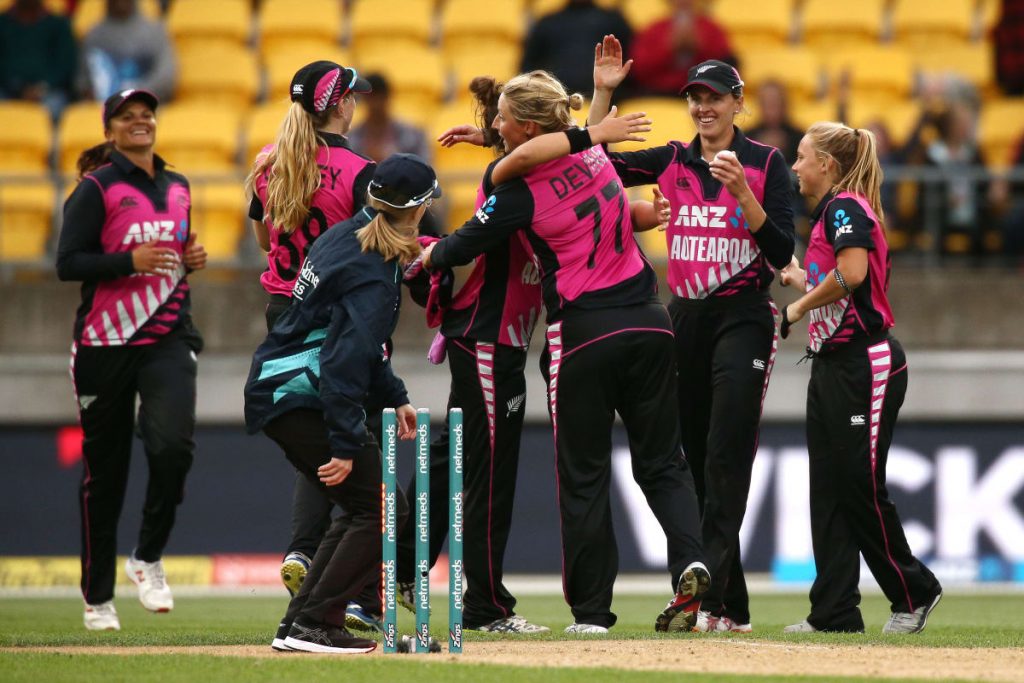
Working out of the University of Waikato’s Adams Centre for High Performance at Mt Maunganui, where some of the country’s top athletes are based, Sims has been helping to educate New Zealand sports staff on the roles hormones play in an athlete’s performance.
“I had one of the most unique experiences recently, talking to the performance and coaching staff of the White Ferns. I thought it would be a hard sell, men coaching women, and at first they were a little stand-offish. But as I started talking about what the hormones do, and how you can train the athlete to get more out of them, they were like ‘Performance gains? Sweet, I’m in’,” she says.
“They were completely on board, asking ‘How can I work this with my athletes? If it’s going to make them better, I want to implement it.’”
Food is great – it’s the gas that fuels your engine; I want that to be the mentality that girls have.
Dr Stacy Sims
Sims has noticed a change in attitude from sports in the past two years.
“It was very hesitant two years ago. But then we started this longitudinal study following the athletes in energy availability, bone density and injury, and they’ve all got on board,” she says.
“Two years ago, if I’d asked any of the girls where they were in their [menstrual] cycle, they’d be like ‘What do you mean?’ Now they all pull out their phones with the app and they know exactly where they are, and exactly how they feel.
“I get emails from women who are now coaches, saying ‘Oh my God, I wish I knew this information 20 years ago when I was going through it. I’ve had fertility issues, bone mineral density issues, so many events I missed because I was sick or injured. If I’d known this information then, I’m sure it would have been different’.”
***
In 2015, Holly Thorpe ran New Zealand’s first female athlete health symposium; now it’s held every two years.
At this year’s symposium in Auckland – focused on giving young female athletes more awareness about their health – coaches, fitness trainers, parents, teachers and athletes were invited to tell health professionals what they needed to better understand conditions like RED-S.
“At the last panel, we had two weightlifters, a ballet dancer and an endurance runner. When I asked them about their experiences with LEA, the runner got really emotional and people in the audience were crying,” Thorpe says.
“Athletes are under huge pressure to get the performances and the funding streams depend on it. But our number one concern should be about the long-term health and well-being of our athletes.
“If what they are doing in training and performance is putting that at risk, then there are some really important ethical and philosophical questions we should be asking about high performance sport. There should not be a win-at-all-costs mentality, like what we saw with Mary Cain.”
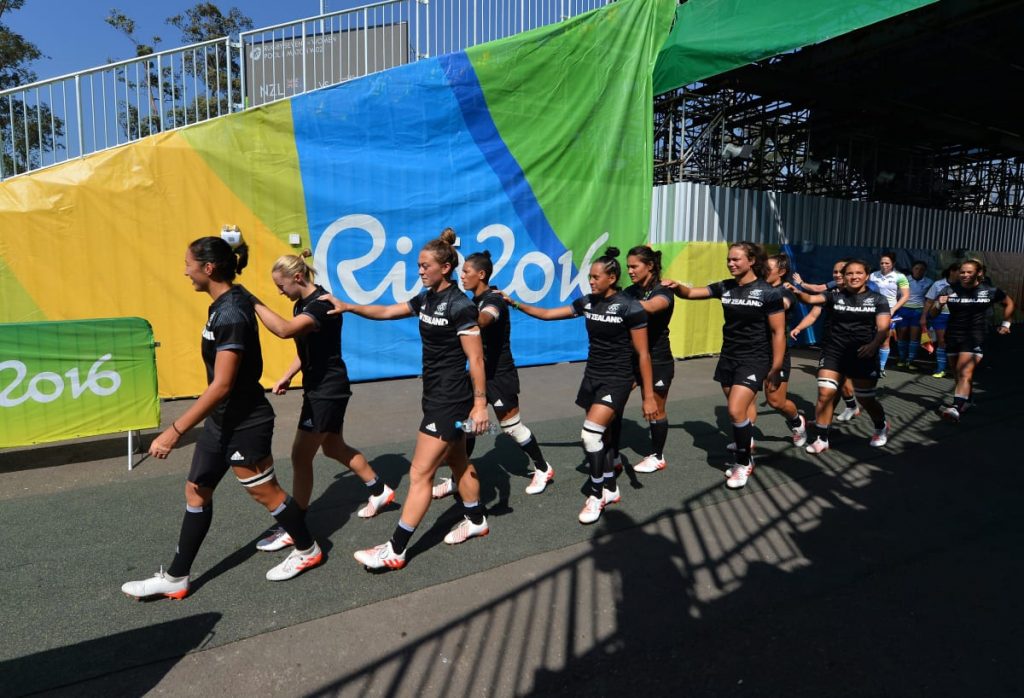
High Performance Sport NZ – which works with national sports organisations to help top athletes with sports science, technology and well-being – has made women’s health a priority leading into the 2020 Tokyo Olympics.
Straight after the last Olympics in Rio, the director of performance health at HPSNZ, Bruce Hamilton, was asked to identify the next area that would “make the difference for the next Olympic cycle”.
“When more of the team in Rio were women [100 females, 99 males] and when more than 50 percent of the medals came from female athletes, women’s well-being was an obvious go-to,” he says.
“It didn’t take much scratching of the surface to realise the understanding of female-related advantages is poor, and the knowledge and experience around women’s health in a high performance environment is limited.
“It was good timing because a lot of people around the world were thinking the same. We want our women athletes to be healthy in a high performance environment.”
Where New Zealand has done it differently is to focus on a multi-disciplinary approach – bringing together a group of experts from a range of health disciplines, and then delivering advice and direction to coaches, sports staff, doctors and athletes.
And so WHISPA was formed, with a range of health experts from sports doctors, endocrinologists, physiologists, psychologists, sociologists, nutritionists, physiotherapists and strength and conditioning specialists.
They’ve been working on clinical strategies on women’s health issues from menstruation, energy availability, body weight and bone density. The Sport NZ conference this year was focused on women’s health, with WHISPA presenting data.
Coaches have been approaching people in the group to have “health-related conversations that wouldn’t have happened before,” Hamilton says.
“We’ve had at least two significant Olympic sports initiate women’s health projects that are aligned with what WHISPA is driving.” Hamilton didn’t want to name the sports.
“We’ve had some amazing feedback, especially from one sport, where the coach was ecstatic with the outcomes, reporting a significant impact on performance as a result of changing the clinical approach to his group of athletes.”
WHISPA has also carried out a national survey of all elite women in the high performance sport system, to make sure the group is focusing on the right areas for women athletes. The results will be rolled out early next year.
“What it’s shown is there’s a lot of work for us to do,” Hamilton says. “It’s made me realise that New Zealand is not immune to trends and issues we’ve seen overseas.”
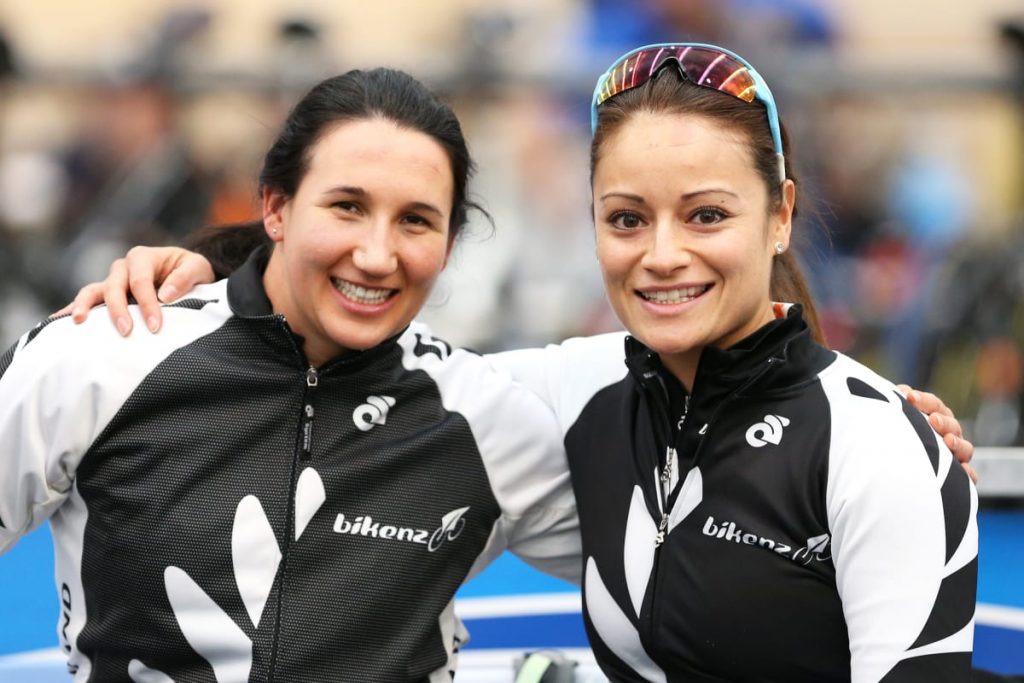
Katie Schofield will soon finish her PhD through the University of Waikato, working with Cycling NZ riders, male and female. She’s quick to point out that RED-S affects male athletes too.
“I found around 40 percent of the athletes I worked with were on the cusp of a low energy available state,” she says. “You can see the effects of it – even a slight energy deficiency will give you changes in mood or you won’t be able to back up your training.
“But when they knew that, they got on to try to fix the problem. That raised awareness has helped tremendously.”
She’s glad she came out and spoke about her own health. “I’m surprised at the athletes who are now retired, who read my story and said: ‘Gosh I was in that state throughout my career but didn’t know it’,” she says.
The battle now is for all women and girls who need help to get access to the right people.
Teams like the Black Ferns Sevens have wraparound support within the high performance system, but young athletes coming up through the ranks may not have the same connections.
“When you’re not in the system, you have to source all that and fund it all. It’s a really difficult thing,” Schofield says. “I had to do that, but I knew I had to get my health back if I wanted to continue as an elite athlete.
“There are amazing health professionals out there who are crying out to help people. So the next step is how do we make these services affordable and accessible?”
In the next five years, Stacy Sims hopes all girls will understand that “food is great – it’s the gas that fuels your engine; I want that to be the mentality that girls have. ‘Let’s eat, so I can be strong, and I can do what I want to do’,” she says.
Sims and Thorpe spoke at the Female Athlete Conference in Boston in June, on behalf of WHISPA. Afterwards, Thorpe spoke with Bruinvels, the woman behind the FitrWoman menstrual cycle app.
“She said New Zealand is so far ahead in this space. No one else is bringing the different disciplines together; they’re working in silos,” Thorpe says. “I think our distinctive approach is the only way to create change for athletes.
“There’s good work being done, but we’ve got a long way to go. The future of women’s sport depends on it.”
Featured Image: Katie Schofield, riding for NZ at the 2015 world track championships in Paris, after overcoming RED-S syndrome; she’s now studying the health of other cyclists. Photo: Getty Images.







